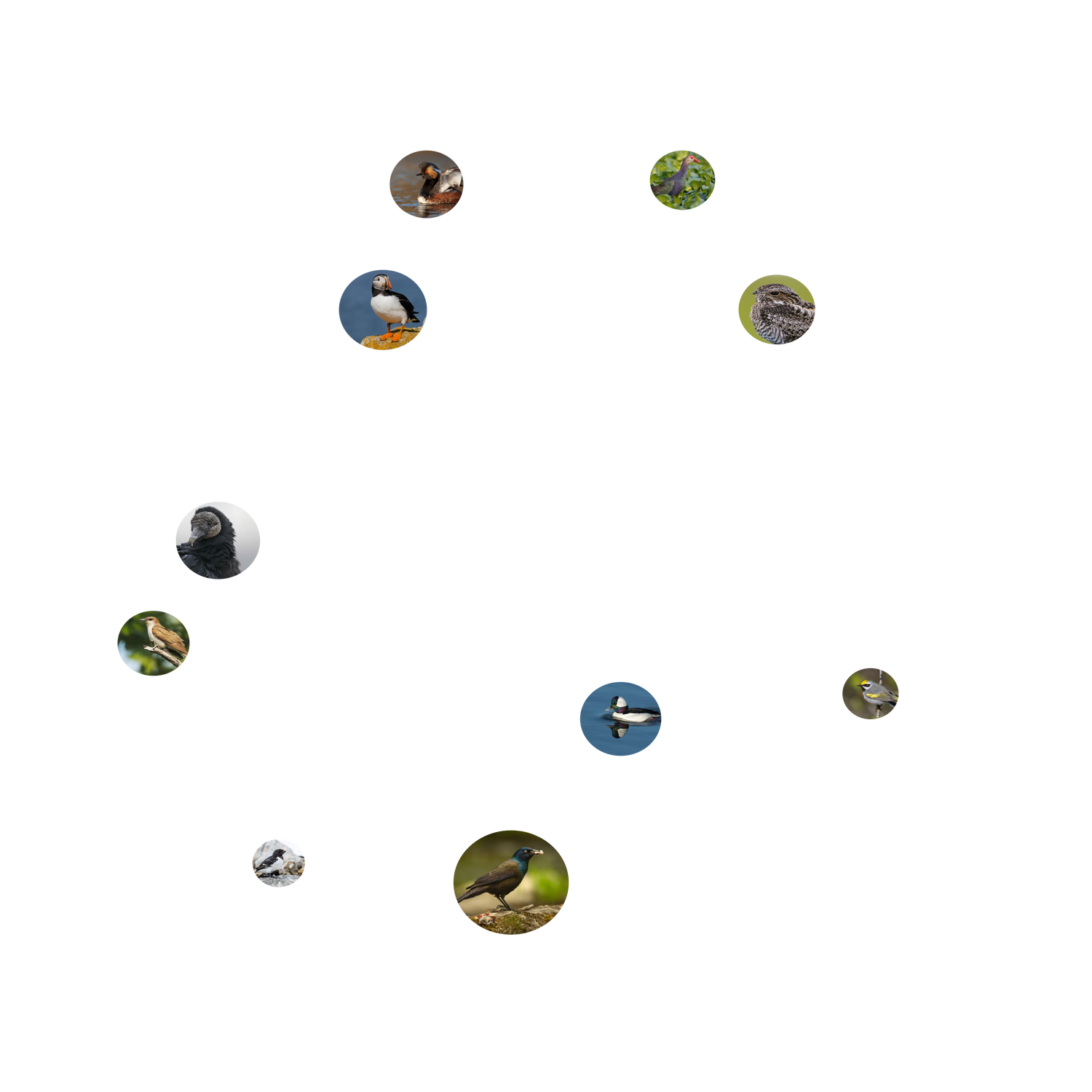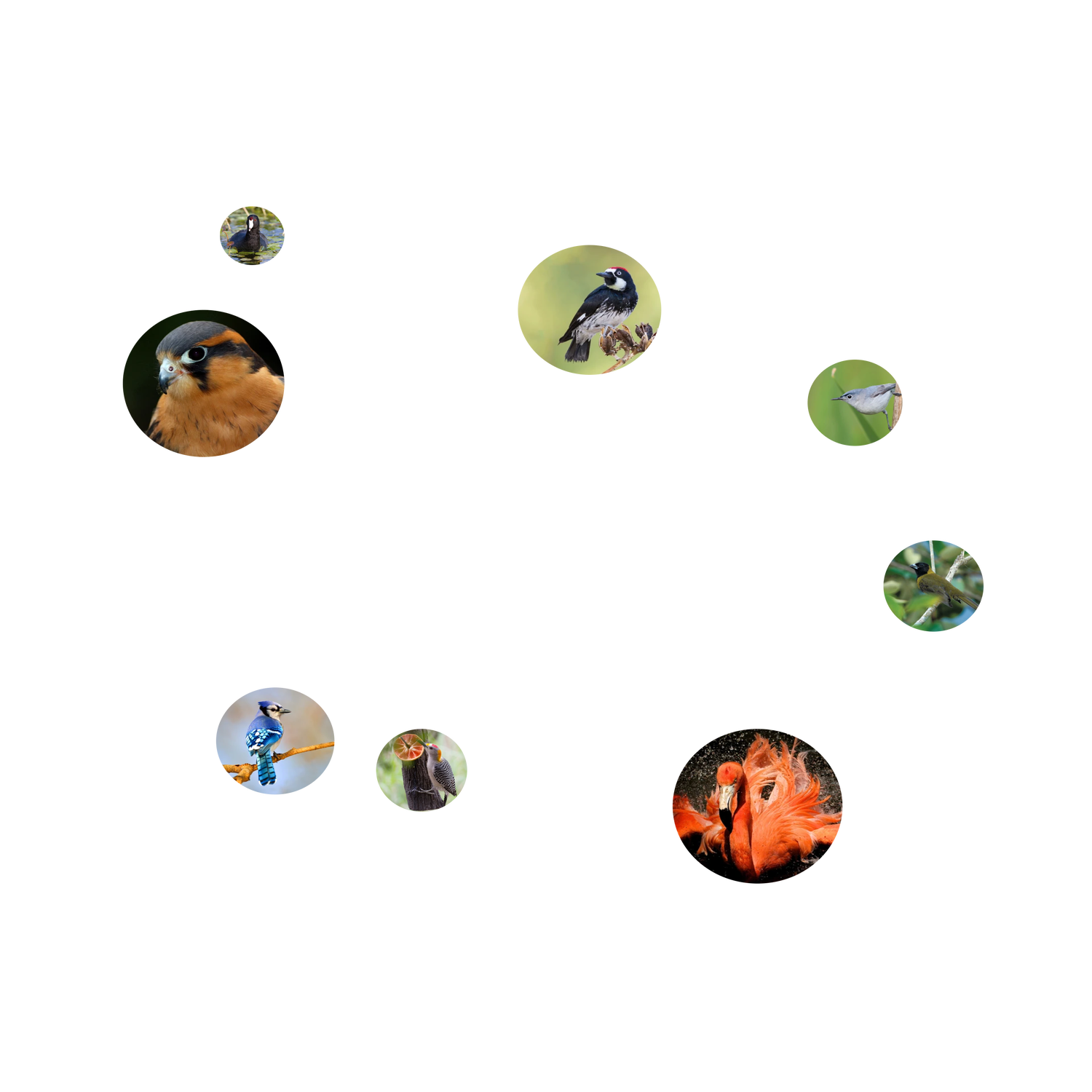
Local chapters, universities, Indigenous groups, and Audubon California collaborate to revitalize a shoreline that has long been left to the depredations of industrial action.

Birds are telling us—in their behavior, in their dwindling numbers, in their silence—that we must take action now, and that we must take action where birds need us most, from the Arctic to Chile and everywhere in between.
It’s time to rise to the occasion.

Ways That You Can Get Involved this Earth Day
Migratory birds face threats throughout their lives, and these threats are accelerating. We work in the places where birds, and people, need it most. Read more about who we are and the work that we do.
Generous people like you power our work to protect birds and the places they need.
For 125 years, Audubon has been a cornerstone of environmental journalism. Through quarterly print issues and digital editorial, the award-winning publication delivers essential news, advice, and reporting on birds and bird conservation, pairing compelling writing with vivid photography.
Find your local Audubon to connect with the birds in your community



